Women in Stem Part 3: Women for the Environment! American Women in the Fight for Conservation
By Spencer Showalter
Alexandria Ocasio-Cortez has been making headlines with her rollout of the proposed Green New Deal there’s a record number of female candidates running for the Democratic presidential nomination in 2020 addressing climate, and the Pentagon has announced that climate change is a national security issue. The convergence of these themes in the national dialogue is reflective not only of the progression of politics, but also of the history of our country: women have been strong voices for conservationism and environmental justice long before they could vote, never mind hold national public office. While fighting for the right to vote, work, and hold office, women have found ways to use what power we have to protect the planet upon which we live.
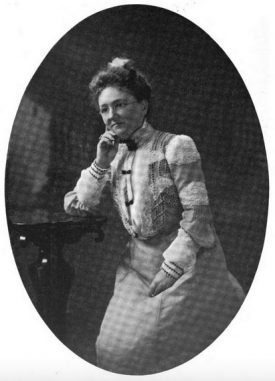
As early as the 1890’s, women were helping to shape the national narrative on conservationism. Harriet Hemenway and Minna Hall organized a boycott of hats with natural feathers on them, sending out circulars asking women to join a society for the protection of birds. This would later become the Massachusetts Audubon Society, the first branch of what eventually became the National Audubon Society. The mass boycott and the work of the society would eventually enable the passage of the 1918 Migratory Bird Treaty Act.
At a larger scale, women’s social societies in the early 1900’s took up environmental issues as parts of their platform. The California Federation of Women’s Clubs worked at regional levels to promote conservationist forest legislation, efforts to care for trees in parks, roads, and public land, and even purchased for preservation what would eventually become Humboldt Redwoods State Park. In Pennsylvania, the lobbying efforts of women’s groups resulted in the creation of the Pennsylvania Department of Forestry: the Journal of American Forestry reported in 1909 that “on the morning the bill for this matter was under consideration, every desk in the House of Representatives and in the State Senate was flooded with petitions from the women and their husbands… The women of this state made it impossible to kill it.” In Louisiana, the Women’s National Rivers and Harbors Congress began what would eventually become a national congress across 20 states to push for the preservation of Niagara Falls, as well as legislation to preserve clean water across the country.
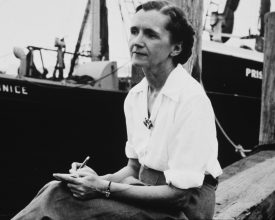
After women were granted the right to vote in 1920, women continued to make strides for conservation. Many prominent environmentalists, perhaps appropriately, rose to prominence in the 1960’s, including perhaps one of the most well-known female conservationists, Rachel Carson. Rachel Carson is still known for her book Silent Spring, which brought to national attention the damaging effect of widely used pesticides, eventually resulting in the banning of DDT, and by some accounts inspired the inception of the contemporary American environmental movement. Celia Hunter, an Air Force Service Pilot, moved to Alaska after serving in World War II and eventually formed the Alaska Conservation Society (ACS), Alaska’s first statewide conservation organization. President Eisenhower responded to the ACS’s efforts by creating the Arctic National Wildlife Range. Marjory Stoneman Douglas, who was eventually to be known as “The Mother of the Everglades” and was on the committee that established the Everglades National Park after decades of advocacy, wrote extensively about both environmentalism and racial equity. She published articles that discussed both the importance of environmental preservation and the lack of running water, effective sewage treatment infrastructure, and city parks in heavily African American sections of Miami.
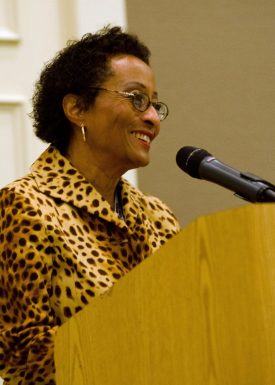
Environmental justice continued to rise to the forefront of environmental discussions as the millennium came to an end. Perhaps one of its most prolific advocates is Peggy Shepard, one of the founders of WE ACT for Environmental Justice, a non-profit aiming to improve the environmental health and quality of life for communities of color in New York City. WE ACT has impacted equitable environmental policymaking in New York State. JoAnn Tall of the Oglala Lakota Tribe used the Lakota-owned radio station to spread awareness about the health hazards of uranium mining and nuclear testing, and later formed the Native Resource Coalition. Margie Richard, the first African-American woman to win the Goldman Environmental Prize, lead a community campaign exposing Shell’s Chemical plant’s practices of releasing 2 million pounds of toxic chemicals into the air each year, resulting in Shell agreeing to decrease its emissions and pay for community development and the full relocation of four streets.
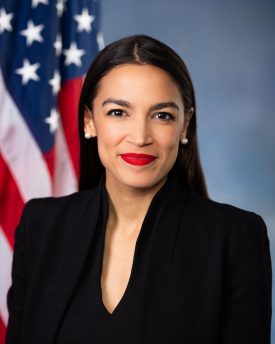
And now, Representative Ocasio-Cortez and women in congress are backing the Green New Deal, a nonbinding resolution modeled after FDR’s New Deal. The plan has five main goals—net-zero greenhouse gas emissions; job creation; environmentally sustainable infrastructure investment; clean air, clean water, community and climate resilience; and environmental justice and equity. In a lot of ways, these reflect the goals that women across America have been working towards for more than a century. Plus, women are supporting the Green New Deal at a national level; digging into the numbers reveals that 25% of women in the House of Representatives are co-sponsors of the bill, while only 13% of male Representatives are co-sponsors, though it’s worth noting that all co-sponsors are Democrats, and the Democratic party elects more women into office. The Senate shows a similar skew: 20% of female senators are co-sponsoring the bill, while only 12% of male senators are willing to put their name on it. Not to be outdone, all of the women who are running for the Democratic presidential nomination—with the exception of Representative Gabbard—have stated publicly that they support the passage of a Green New Deal, while only half of the men running have said the same.
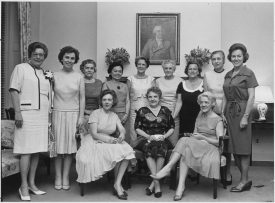
America has seen generations of women advocate for environmental preservation in the name of health, justice, and prosperity, and those ideals are no less in play in today’s political dialogue. The difference is that in the late 1800’s women had to make the case that the State Federation of Women’s Clubs should be listened to because its membership of women represented “six or seven thousand husbands and a few sons who will possibly vote as their fathers vote.” Today, a record number of women are serving both in national congress and in state congresses, and we don’t have to rely on the threat of our husband’s voices to be heard; we are writing conservation and environmental justice into the legislation ourselves.
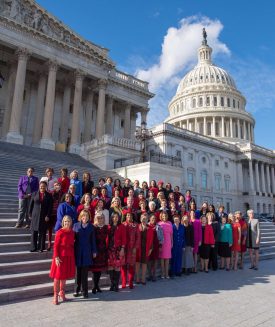
In the interest of sharing scientific knowledge, we do our best to cite sources that are free and available for all of our readers. However, sometimes we cannot avoid citing articles that restrict access with a paywall. If you are interested in learning more about a specific source, please reach out to kmartin8@uw.edu.